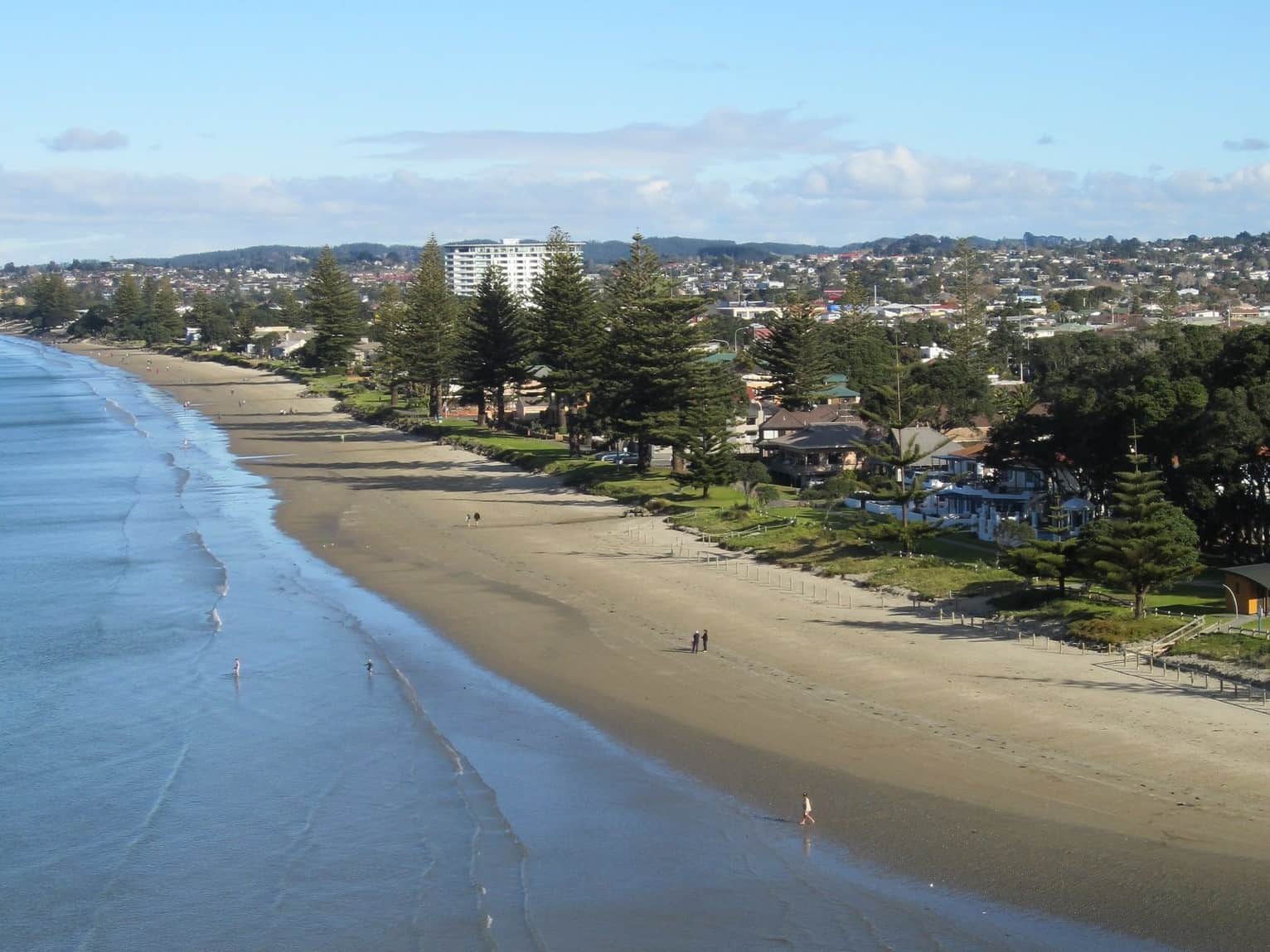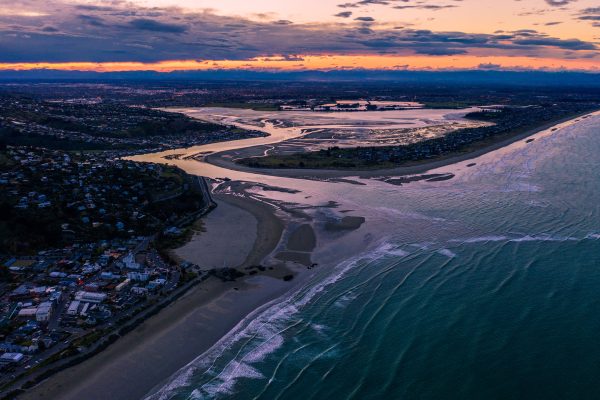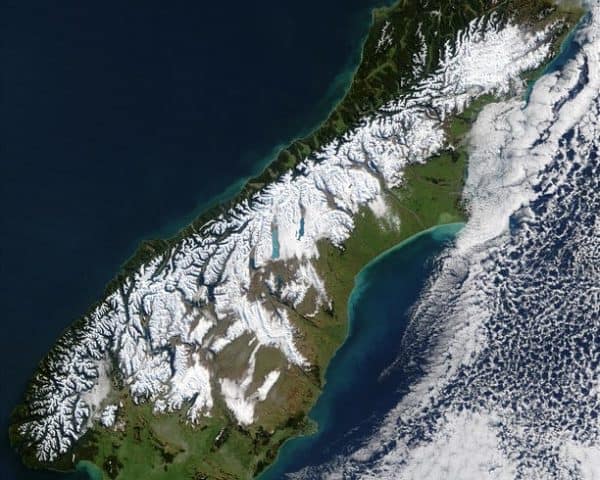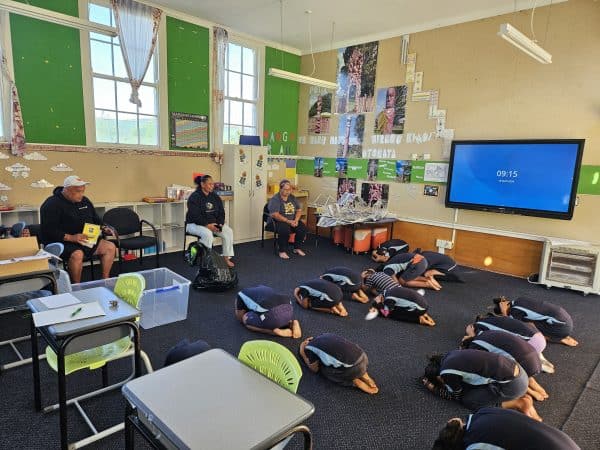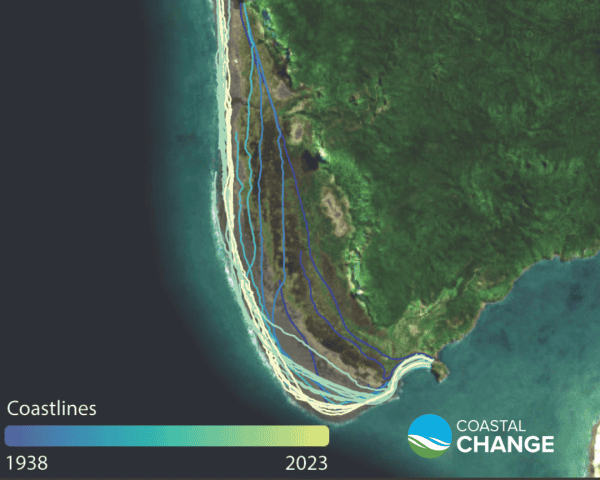Interdisciplinary science is an approach well suited to natural hazards research. It is almost never the case that an exclusively engineering, social, or geological research output is the solution to a resilience need.
Multiple perspectives and diverse knowledge must be integrated to facilitate change and achieve impact. The coordination necessary for success requires leadership by those willing to work across the boundaries of their discipline or organisation, and agencies that are willing to partner with others with shared aims.
The Alpine Fault earthquake preparedness and planning programme AF8 (with science support from RNC’s Rural programme and co-funding from CDEM and QuakeCore) continues to be a very effective cross-boundary collaboration. It provides an effective direct pathway for RNC to connect multiple strands of resilience research into practical initiatives to build community-level resilience, and facilitate sector planning and preparedness.
This year the AF8 scenarios, including RNC’s network infrastructure disruption work, have been used by agencies including Fire & Emergency New Zealand, Ministry for Social Development and MBIE in their emergency planning for an Alpine Fault earthquake. For MBIE this includes the development of plans for temporary housing following a national-scale emergency, filling what was a critical gap in national emergency planning.
In September, AF8 hosted the inaugural Tourism Forum in Te Anau, attracting over 100 participants including emergency managers and tourism stakeholders. RNC researchers Prof Tom Wilson and Mat Darling presented on the AF8 science scenario, and tourism and disaster risk research. Minister Peeni Henare (Minister of Civil Defence and Associate Minister of Tourism) attended and is very supportive of AF8’s work.
RNC knowledge of infrastructure network vulnerabilities to multiple natural hazards was integrated in the updated New Zealand Critical Lifelines Infrastructure National Vulnerability Assessment, published in May 2020. Our Built Environment science leader Assoc Prof Liam Wotherspoon is named as a contributor in the report, along with science leaders Dr Rob Bell and Prof Tom Wilson.
We’ve also seen partnerships delivering greater resilience at a local level. A team of RNC researchers including Dr Emma Hudson-Doyle, Dr Caroline Orchiston, Dr Julia Becker, Lisa McLaren, and Prof David Johnston worked with Rotary and Auckland Council in Orewa, the most exposed community to tsunami in the Auckland region. The citizen-science initiative sought active participation from schools, families and the wider community. Researchers co-designed a survey to understand perceptions of tsunami risk, how prepared the community were for a tsunami, and what they were likely to do in a tsunami event. They then carried out a tsunami evacuation exercise with two schools to observe how long it took for the students to get to high ground, and the factors affecting evacuation times. The community-led initiative was successful at engaging and motivating the residents of Orewa to improve their knowledge and awareness, so that they will be quicker to react following the next long, strong earthquake.
In another tsunami-prone community, Napier City Council have used RNC research to inform the three phases of their Hill Hosts project. The project aims to raise awareness about tsunami risk, and the need for evacuation to Napier Hill following a long or strong earthquake. Hill residents were encouraged to prepare and plan for evacuees; and the council also identified infrastructure and services improvements that would support evacuation. Napier City Council CE Wayne Jack wrote to the research team acknowledging their contribution to the council’s planning and preparedness process.
2019 research co-authored by Scion social fire scientist Lisa Langer describes wildfire experiences and actions by predominantly Māori residents during the 2011 Karikari Peninsula wildfire, and preparedness before and after the event. Researchers gathered information through semi-structured interviews and a focus group, and found that experiencing the fire encouraged a majority of residents to become better prepared. Whānau and marae also helped to inform and support residents during and after the wildfire.
The paper provides useful recommendations for improving preparedness for wildfires and encouraging safe fire use in rural communities across New Zealand. The success of this study led to Scion social and kairangahau Māori researchers conducting a study with a hapū in the Hokianga to explore what a resilient hapū would look like and to contribute towards planning with Māori communities to reduce natural hazard risk. The Karikari study also helped shape other Scion-led social fire research on targeted protection against extreme fire. The combined research has helped inform Fire & Emergency New Zealand’s Māori engagement policy and contributed to their work with tangata whenua to build resilience of Māori communities.
This case study was submitted to the Ministry of Business, Innovation and Employment as part of our 2019-2020 annual reporting.
